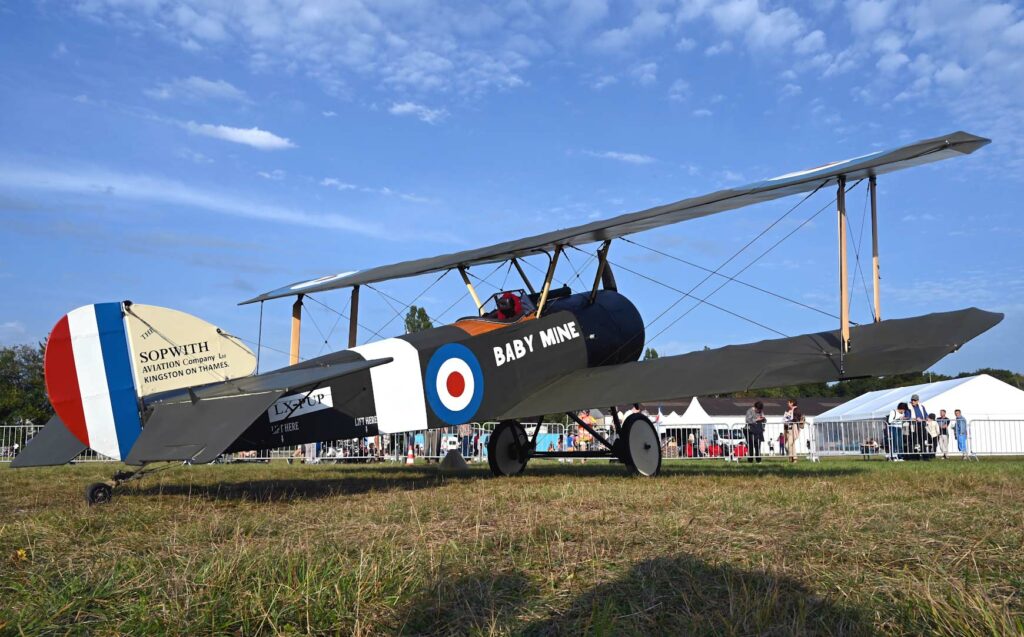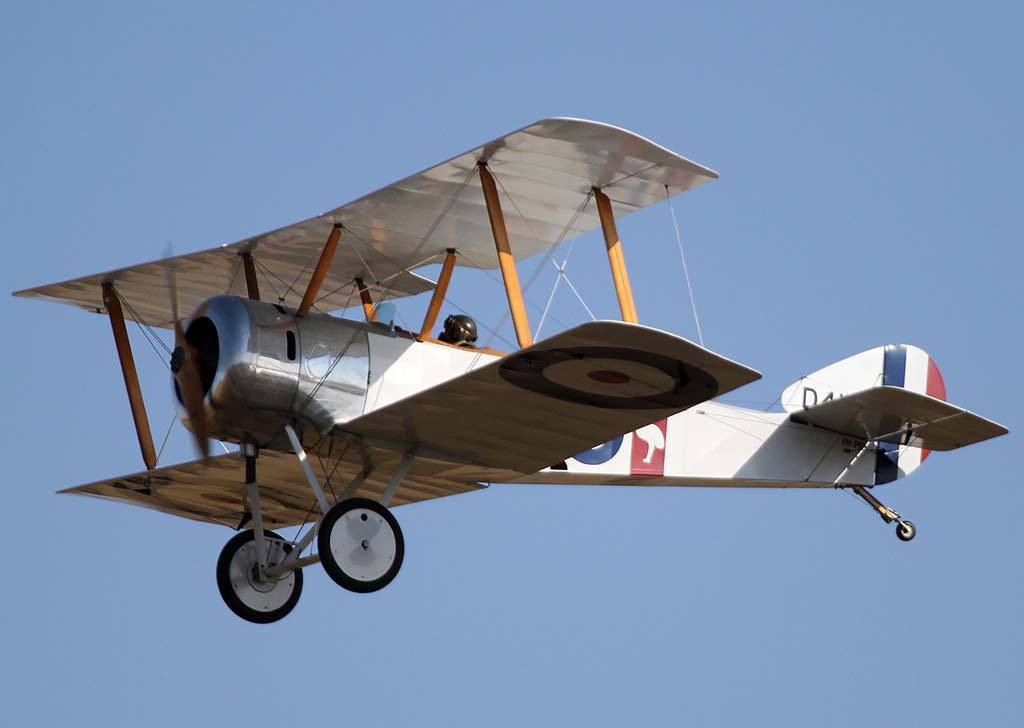The Sopwith Pup, a World War I British fighter biplane, epitomized agility, serving as a pivotal aerial asset. This article delves into the Sopwith Pup, detailing its historical context, development, design, performance, military exploits, and enduring legacy.
Amidst the turbulence of World War I, the need for nimble and efficient fighter aircraft became paramount. In response, the Sopwith Pup emerged as a critical asset. The program was initiated by the British company Sopwith Aviation in 1916. Its primary objective was to counter the threat posed by enemy aircraft and provide the Royal Flying Corps (RFC) with a maneuverable and versatile fighter. The Sopwith Pup took its maiden flight in February 1916.

History of the Development of the Sopwith Pup:
World War I marked an era of rapid technological advancements in aviation, with the need for superior fighter aircraft becoming increasingly evident. The Sopwith Pup was a response to this demand, aiming to provide the RFC with an aircraft capable of holding its own in aerial combat.
Designed by the renowned engineer Herbert Smith, the Sopwith Pup boasted a compact yet highly effective design. Its wingspan measured 8.08 meters (26 feet 6 inches), and it had a length of 5.87 meters (19 feet 3 inches). This lightweight fighter weighed approximately 375 kilograms (827 pounds), making it highly maneuverable.
The aircraft’s structural framework comprised a wooden monocoque fuselage covered with fabric. The Sopwith Pup’s key advantage lay in its rotary engine, which delivered reliable power while minimizing overheating issues, a common concern with rotary engines at the time.
Design of the Sopwith Pup
The Sopwith Pup’s design incorporated a variety of technical elements that contributed to its excellence. Its agility was a result of the meticulously designed V-shaped interplane struts, minimizing drag and enhancing maneuverability. The compact structure also allowed for quick turns and evasive maneuvers.
The aircraft’s armament typically included a single 0.303-inch Vickers machine gun mounted on the upper wing, synchronized to fire through the propeller arc. This forward-facing firepower provided the pilot with an effective offensive capability.
However, the Sopwith Pup did have limitations, including its relatively low speed compared to some contemporary German aircraft. Nevertheless, its agility and ease of handling made it a favorite among pilots.
Performance of the Sopwith Pup:
Powered by a Le Rhône 9C rotary engine, the Sopwith Pup provided 80 horsepower, allowing it to reach a top speed of approximately 175 kilometers per hour (109 miles per hour). It could ascend to altitudes of around 4,900 meters (16,083 feet) and had a range of about 320 kilometers (199 miles).
The Sopwith Pup’s performance was commendable for its time, making it a formidable adversary in aerial combat. Its agility and maneuverability were particularly notable, enabling pilots to engage and evade enemy aircraft effectively.
In combat, the Sopwith Pup excelled against German counterparts like the Fokker Eindecker and the Albatros D.I. Its versatility allowed it to engage in various roles, including reconnaissance and escort missions.

Military Use and Combat of the Sopwith Pup:
The Sopwith Pup was extensively deployed by the RFC and the Royal Naval Air Service (RNAS) during World War I. Its combat debut occurred in late 1916, and it soon gained a reputation for its combat effectiveness.
The Sopwith Pup saw action in various theaters of war, engaging in dogfights and contributing to the Allied air superiority. It participated in numerous operations, including the Battle of the Somme and the Battle of Arras. Its primary adversaries included German aircraft like the Fokker Dr.I and the Albatros D.V.
The Sopwith Pup’s success led to its adoption by other Allied nations, such as the United States, where it served as an interim fighter until more advanced designs became available.
While the Sopwith Pup eventually gave way to newer fighter aircraft like the Sopwith Camel, its impact on aviation history and its enduring legacy remain evident. Its agility and combat prowess set a high standard for future generations of fighter planes.
The Sopwith Pup, a product of its time, remains a symbol of early 20th-century aviation excellence. Its agile design, reliable performance, and combat achievements solidified its place in history as a remarkable fighter aircraft. Though no longer in active service, the Sopwith Pup’s legacy endures, forever remembered for its contribution to the evolution of fighter aviation.
Back to the Warbirds section.